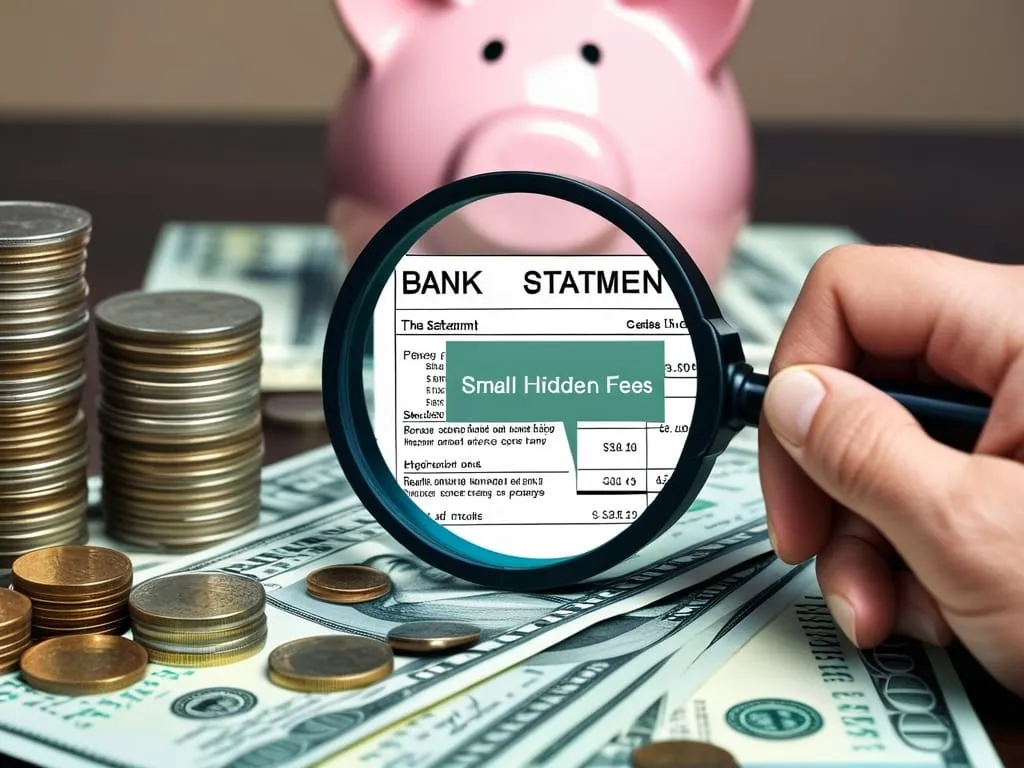In the bustling life of a young professional like Ravi, convenience often seems like the ultimate luxury. With the rise of the subscription economy, it's easier than ever to sign up for services that promise to simplify our lives. From streaming services and music platforms to meal kits and fitness apps, these subscriptions can quickly add up, creating a financial landscape that is both complex and daunting.
Ravi's story is not unique. Many of us find ourselves juggling multiple subscriptions, each with its own set of benefits and hidden costs. On average, people manage around 12 subscriptions, which can be overwhelming to track.
The Illusion of Affordability
One of the most insidious aspects of the subscription economy is the illusion of affordability. Small monthly fees can seem negligible, but they accumulate over time. For instance, Ravi might think that a $10 monthly subscription to a streaming service is a minor expense. However, when you multiply this by the dozen or so subscriptions he has, the total can be staggering. In just three months, these subscriptions can cost up to €2,250, significantly more than the €1,200 he would spend without them.
Hidden Costs and Fees
Beyond the monthly fees, there are often hidden costs that can sneak up on you. Cancellation fees, for example, can be a significant burden. Many subscription services require a minimum commitment, and canceling before the term is up can result in hefty fees. Gym memberships are a classic example; they often require a one-year commitment, and canceling early can lead to substantial penalties.
Upgrades and add-ons are another source of hidden costs. While the basic package of a streaming service might seem affordable, upgrading to a premium package can double or triple the monthly fee. Similarly, meal kit delivery services often offer additional meals or snacks that, while individually inexpensive, can add up quickly.
The Psychological Toll
Managing multiple subscriptions is not just financially taxing; it also takes a mental toll. The constant need to keep track of payments, renewal dates, and hidden fees can be stressful. This stress can affect your well-being and overall quality of life. Ravi often finds himself worrying about whether he has enough money in his account to cover all his subscriptions, leading to a sense of financial anxiety that permeates his daily life.
The Convenience Trap
The convenience of subscription services is undeniable. They offer a way to simplify our lives, saving us time and effort. However, this convenience comes at a price. For Ravi, the ease of having access to streaming services, curated meal kits, and fitness apps is offset by the financial burden and stress of managing these subscriptions.
To make matters worse, many people accidentally sign up for subscriptions they don't need. Auto-renewal without knowledge, forgetting to cancel free trials, and believing a purchase is one-off when it's actually recurring are common pitfalls. In the UK, for example, over 13 million people have accidentally taken out subscriptions in the past year, costing consumers a staggering £688 million.
Regaining Control
So, how can Ravi and others like him regain control over their finances and break free from the subscription economy trap? The first step is to take a proactive approach to managing subscriptions. Regularly reviewing your subscriptions can help identify any unwanted or unused services, potentially saving you hundreds of dollars each year.
Tools like Xpendy can be incredibly helpful in this regard. These platforms allow you to see all your subscriptions at a glance, making it easier to decide which services you really need. By consolidating your subscriptions into one place, you can avoid hidden fees and extra charges that can lead to debt and financial stress.
Annual Plans and Add-ons
Another strategy is to consider annual plans for services that offer discounts for long-term commitments. However, it's crucial to ensure that you're committed to using the service for the entire period to make the most of these savings. Additionally, be cautious of add-ons that may seem like a good deal but can quickly add up. For instance, meal kit delivery services often offer additional meals or snacks that, while convenient, can increase the overall cost of the subscription.
Understanding the Fine Print
Before committing to any subscription service, it's essential to carefully read the fine print. Understand the terms and conditions, including any cancellation fees, upgrade costs, and add-ons. This can help you make an informed decision and avoid any unpleasant surprises down the line.
For example, a small business owner might sign up for a business credit card with an attractive rewards program only to find out later that the rewards are only applicable for the first few months and come with a minimum spending requirement that far exceeds their regular expenses. By carefully examining the fine print, they could have avoided this disappointment and chosen a card that better suited their needs.
The Impact on Cash Flow
For businesses, the subscription economy can have significant implications on cash flow. Customer churn, whether voluntary or involuntary, can disrupt financial planning and cash flow management. Voluntary churn occurs when customers consciously decide to cancel their subscription, often because they no longer see value in the service. Involuntary churn, on the other hand, is caused by payment failures such as expired credit cards or failed transactions due to fraud detection.
To manage this, businesses need to integrate billing and payment data to get a broader view of cash flow. This allows them to anticipate cash collections, manage liquidity, and predict which payments may fail based on historical data. By synchronizing billing data with financial operations, companies can optimize their revenue streams and reduce the risk of unexpected churn.
Personal Strategies for Ravi
For Ravi, the journey to financial clarity begins with a thorough review of his subscriptions. Here are some personal strategies he can implement:
- Track Your Subscriptions: Use a tool or app to keep all your subscriptions in one place. This will help you see exactly how much you're spending each month.
- Review Regularly: Periodically review your subscriptions to ensure they still meet your needs. Cancel any that you no longer use.
- Consider Annual Plans: If you're committed to using a service long-term, consider annual plans that offer discounts.
- Avoid Add-ons: Be cautious of add-ons that can increase the cost of your subscriptions.
- Read the Fine Print: Always read the terms and conditions before signing up for a new service.
By implementing these strategies, Ravi can regain control over his finances and break free from the cycle of overlooked expenses and financial strain.
Final Thoughts
The subscription economy is here to stay, and while it offers many conveniences, it also comes with significant hidden costs. By being aware of these costs and taking proactive steps to manage your subscriptions, you can avoid financial stress and optimize your spending.
For Ravi and many others, the key is to strike a balance between convenience and financial responsibility. By regularly assessing their subscriptions, avoiding unnecessary add-ons, and understanding the fine print, they can ensure that the services they use enhance their lives without draining their bank accounts.
In the end, it's about making informed decisions and taking charge of your finances. With the right tools and a bit of diligence, you can navigate the subscription economy with confidence, ensuring that convenience does not come at the cost of financial stability.






